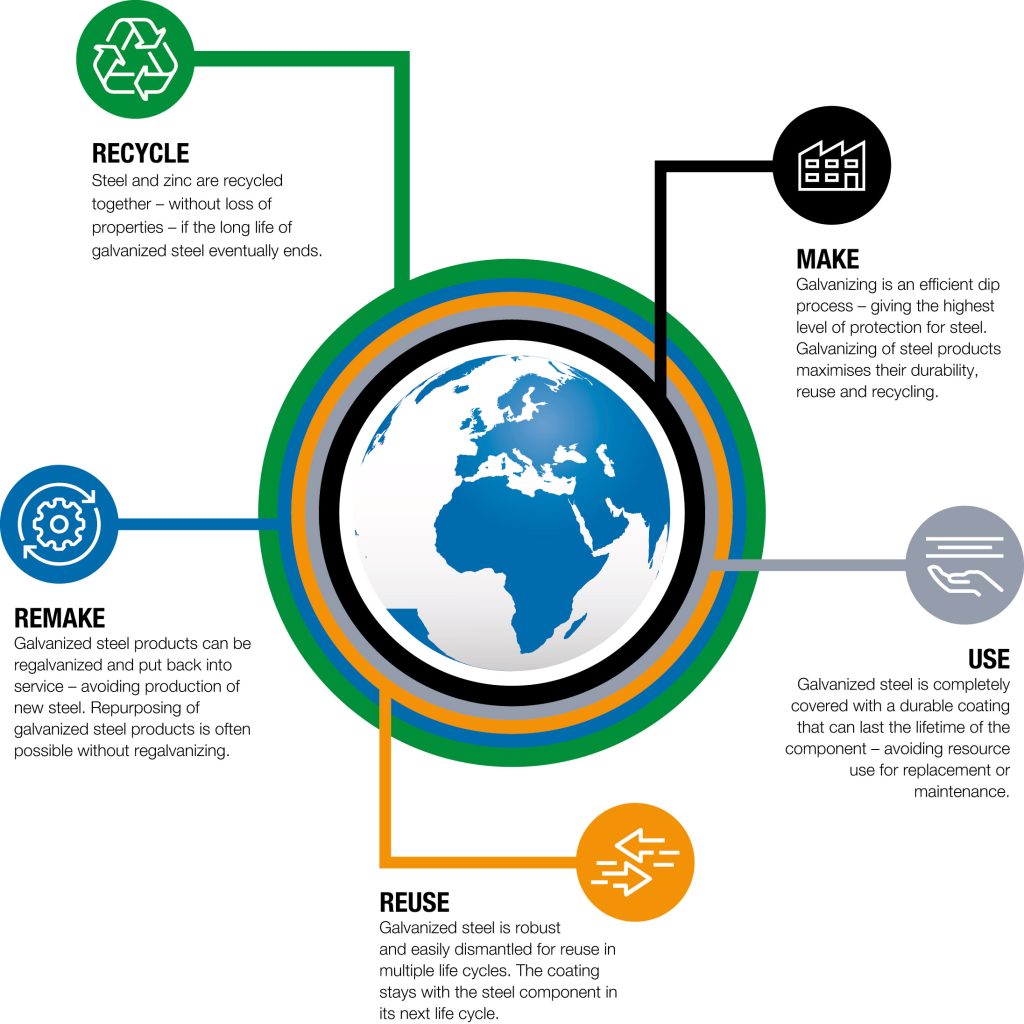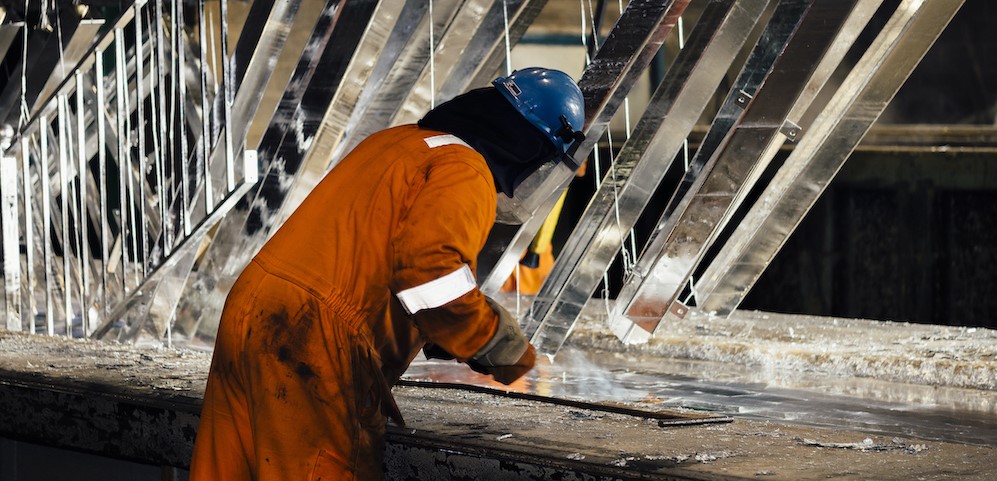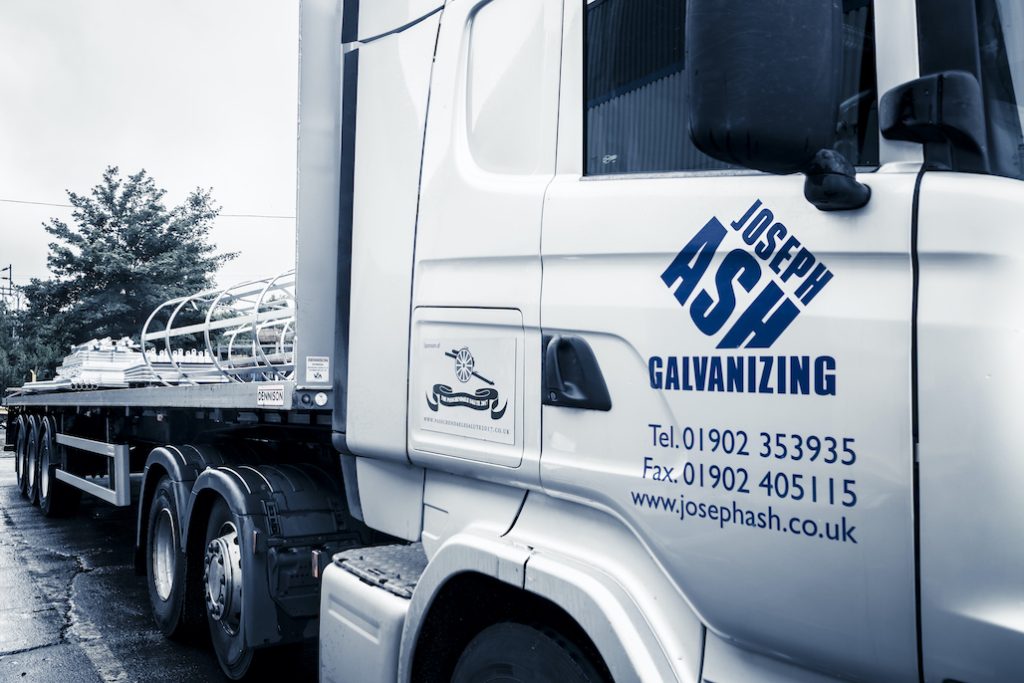Is galvanizing sustainable?
The sustainability of galvanizing
Galvanized steel is an integral part of everyday life and is all around us. But how does its prevalence today affect the environment of the future?
We take a look at how galvanized steel fits into a circular economy, how the galvanizing process remains a vital and sustainable element within the metals sector, and how we can all play our part contributing to a sustainable future.

Galvanized steel in a circular economy
Steel must be repurposed if the world wants to move away from traditional use-throwaway-remake models. Fortunately, both the hot dip galvanizing process and the galvanized steel itself fit into a circular economy.
What is a circular economy?
Circular economy models of sustainability encourage materials to be made, used, reused, remade, and recycled. Galvanized steel, as a product, fits perfectly into a circular economy:
Make: Galvanizing companies have been able to reduce their emissions and energy expenditure thanks to modern technology and self-containment.
Use: Galvanizing steel ensures it can last a lifetime. This reduces resources and energy spent on maintaining the quality of the steel, such as transportation and manufacturing costs.
Reuse: The galvanized coating remains strong even after dismantling, allowing to be repurposed.
Remake: Galvanized steel products can be re-galvanized and put back into service, avoiding the production of new steel. Repurposing galvanized steel is often possible without regalvanizing.
Recycle: Steel and zinc are recycled together – without loss of properties – at the end of the galvanized steel’s long-lasting lifespan.

Sustainably modernising the galvanizing process
We’ve detailed how galvanized steel fits into a circular economy, but the galvanizing process itself has become sustainable, too.
In its traditional form, the galvanizing process was not particularly sustainable due to the high energy requirements, resource consumption, and emissions associated with the process. Fortunately, the galvanizing industry has come a long way to become more environmentally sustainable. Below are some of the ways that galvanizing sites have been adapted to promote sustainability.
Self-contained sites
Modern galvanizing plants are self-contained, with steel going in at one end and the final product coming out at the other. This reduces the release of carbon dioxide into the environment. Re-use of materials also happens during the galvanizing process and is not limited to the final product. Excess metal from the dipping process deposits back into the galvanizing bath. Additionally, zinc that oxidises on the surface is removed as ash and recycled; dross from the bottom of the bath is routinely removed and has a high recycling value.
Recycling and regenerating
Other process consumables, such as hydrochloric acid and flux solutions, have important recycling or regeneration routes. For instance, spent hydrochloric acid solutions are used to produce iron chloride for treating municipal wastewater. Closed-loop flux recycling is also used in many plants, and improved monitoring and maintenance of flux tanks reduce the volume of solids for disposal.
Wastewater management
Galvanizing uses low volumes of water compared to other coating technologies; any wastewater generated can be treated and reused, with only small volumes of stable solids requiring external disposal.

Energy efficiency and emission minimisation
The galvanizing industry has also set targets for energy efficiency and improved energy management. New technology has seen improvements in burner efficiency, bath lid efficiency, and reuse of waste heat to warm pre-treatment tanks.
Furthermore, abatement plants and low-fuming chemicals are utilised to minimise emissions to the atmosphere. Where captured, the waste from these emissions is completely recycled.
Sustainability is the responsibility of everyone
Sustainability in the galvanizing industry is not limited to the changes that take place around the bath itself; the industry is still heavily reliant on transportation between plants and clients. Therefore, it is important to assess environmental impacts as a whole, in addition to galvanizing-specific measures in the site itself.
Fortunately, new solutions are being implemented to minimise emissions, such as using hydrogenated vegetable oil in fleet vehicles, and making all forklifts electric. Company cars at Joseph Ash Galvanizing have made the shift to electric, too. Lastly, electricity comes from renewable sources, both on-site (from solar PV arrays) and externally (by using a renewable tariff with our supplier).

All companies – regardless of industry – also need to ensure they work with companies that share their sustainability goals. All suppliers of Joseph Ash Galvanizing are vetted to include environmental accreditations and carbon reduction plans. We, in turn, are accredited to Environmental Management ISO14001 Standards.
Galvanizing’s sustainable future
Through energy efficiency, reduced emissions, resource conservation, waste minimisation, and collaboration, the galvanizing industry has paved the way for sustainability in the metals sector. The galvanizing industry’s modernisation demonstrates that even the most established practices can adapt to support a sustainable future.
- We’ll collect and deliver your steel to our site ✔️
- Comprehensive technical support, guidance and assistance at every stage ✔️
- Fast turnaround times ✔️
- Hot dip galvanized to BS EN ISO 1461 standards ✔️
- Part of a circular economy ✔️